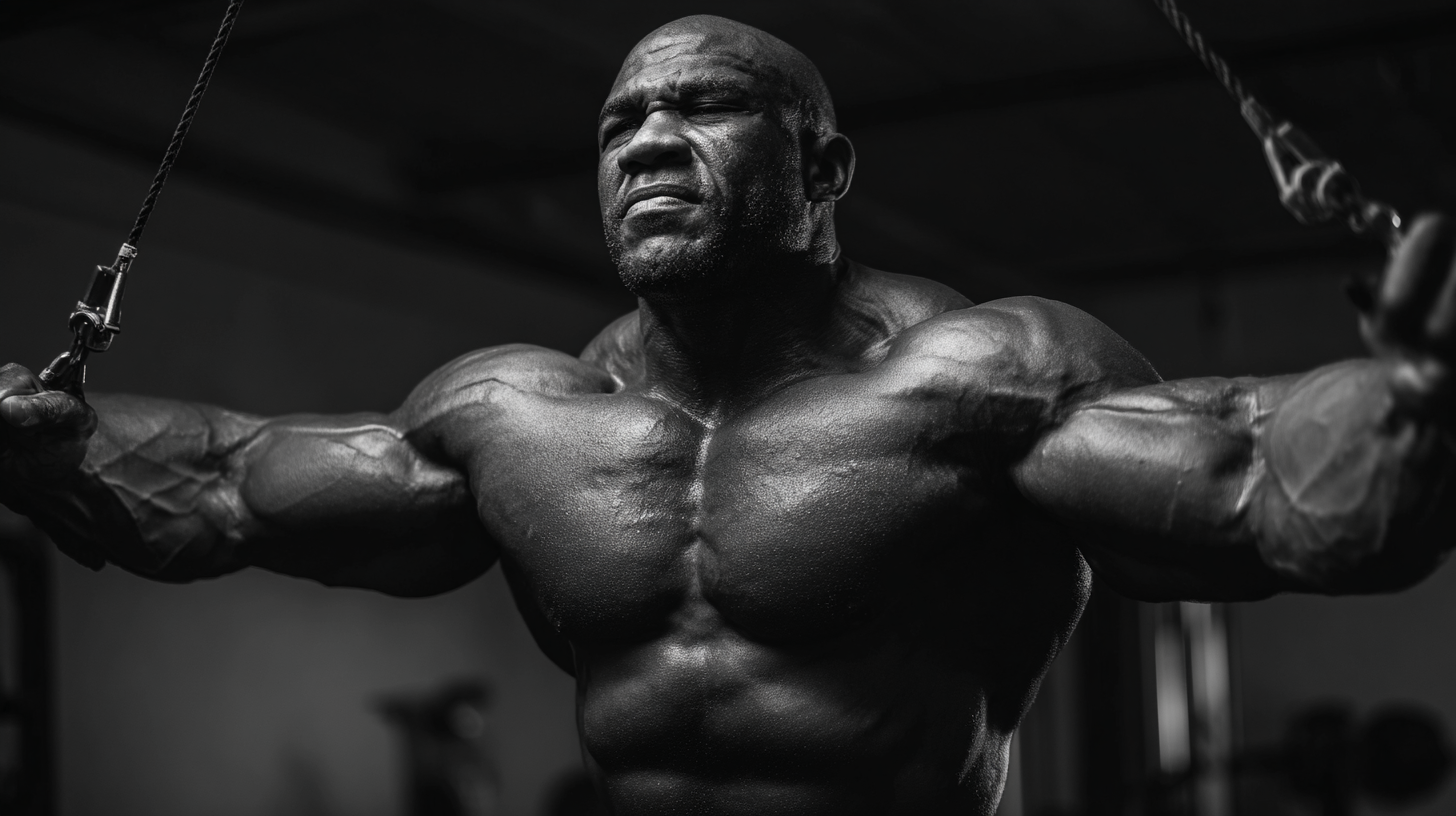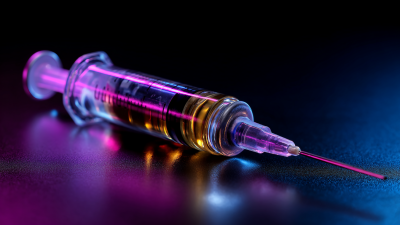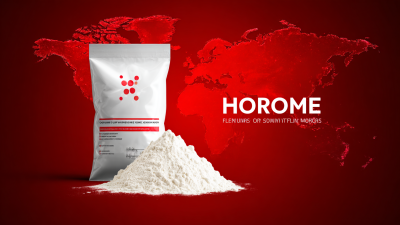The use of steroids in bodybuilding has become a subject of intense debate, driven by both the desire for enhanced performance and the potential health risks associated with their use. According to recent industry reports, approximately 1.6 million men in the United States alone engage in anabolic steroid usage, with a significant percentage utilizing these substances to achieve rapid muscle gains. However, incorporating steroids into a bodybuilding regimen safely requires a nuanced understanding of their effects, potential side effects, and proper usage protocols. Research from the National Institute on Drug Abuse indicates that misuse can lead to serious health complications, underscoring the importance of adhering to essential guidelines and data insights. This article aims to provide bodybuilders with crucial information to navigate the complexities of Steroids Bodybuilding safely, ensuring that their pursuit of muscular excellence does not come at the cost of their overall health and well-being.

The use of steroids in bodybuilding has become a controversial topic, yet many athletes still consider them for their potential benefits. Steroids can be categorized into anabolic steroids, which promote muscle growth, and corticosteroids, which are primarily used for reducing inflammation. Recent industry data indicates that about 30% of competitive bodybuilders in the United States have reportedly used anabolic steroids at some point in their careers, aiming for enhanced performance and quicker muscle recovery.
However, the benefits come with significant risks. According to a study published in the Journal of Clinical Endocrinology & Metabolism, users of anabolic steroids face increased chances of cardiovascular issues, liver damage, and hormonal imbalances. Furthermore, the National Institute on Drug Abuse reports that prolonged steroid use can lead to psychological effects, including aggression and depression, challenging the initial pursuit of improved athletic prowess. Understanding the nuanced landscape of steroids—balancing potential advantages with health risks—is vital for bodybuilders contemplating their use.
When establishing a safe steroid administration plan, it is crucial to understand the appropriate dosages and cycle guidelines tailored to individual needs. Beginners should start with lower doses to assess their tolerance and response. A typical beginner cycle might last 6-8 weeks, focusing first on building a solid foundation of muscle mass before considering more advanced options. This gradual approach helps minimize the risk of adverse effects while promoting effective gains.
Additionally, it is essential to implement post-cycle therapy (PCT) to help restore hormonal balance after completing a steroid cycle. This often involves using specific supplements that can mitigate side effects and support recovery. Educating oneself on the variety of steroids available and their distinct effects can aid in making informed decisions. Utilizing safe practices and consulting with healthcare professionals will further enhance the safety of incorporating steroids into a bodybuilding regimen. As new products and research emerge, staying informed about trends, such as those related to DHEA and SARMs, can help users navigate the complex landscape of performance-enhancing substances effectively.

When incorporating steroids into a bodybuilding regimen, monitoring your health becomes paramount. Regular check-ups and key tests can help mitigate potential risks associated with steroid use. At the very least, individuals should undergo comprehensive blood tests to assess liver function, cholesterol levels, and hormonal balance. These tests provide a crucial overview of how steroids are impacting your body and can inform necessary adjustments to your regimen.
Tips: Schedule a full blood panel before starting your steroid cycle and continue with follow-up tests every few weeks. This proactive approach allows you to catch any adverse effects early, ensuring that you can make informed decisions about your health. Additionally, consider consulting a healthcare professional who specializes in sports medicine to guide you through these essential evaluations.
Staying vigilant about mental health is equally important. Steroid use can lead to mood swings and increased aggression, which can affect personal and social relationships. Regular psychological assessments can help monitor these changes, enabling you to take appropriate actions if needed. Remember to incorporate stress management practices, such as meditation or engaging in hobbies, to maintain emotional balance during your bodybuilding journey.
| Health Parameter | Recommended Frequency | Ideal Range | Notes |
|---|---|---|---|
| Liver Function Test | Every 3 months | ALT & AST < 40 U/L | Monitor signs of liver stress |
| Cholesterol Levels | Every 3 months | Total cholesterol < 200 mg/dL | Watch for LDL and HDL ratios |
| Blood Pressure | Monthly | <120/80 mmHg | Monitor for hypertension |
| Testosterone Levels | Quarterly | 300-1000 ng/dL | Assess for possible suppression |
| Complete Blood Count (CBC) | Every 6 months | Hemoglobin 13.5-17.5 g/dL | Keep track of red blood cell count |
Nutrition and recovery play crucial roles in ensuring safety and effectiveness while incorporating steroids into bodybuilding routines. According to a study published in the "Journal of Sports Nutrition," athletes enhancing their performance with anabolic steroids require adjusted macronutrient intake, specifically higher protein and healthy fats, to support muscle repair and synthesis. Researchers suggest that a daily protein intake of 1.6 to 2.2 grams per kilogram of body weight is essential for individuals utilizing steroids, significantly higher than the general recommendation for non-users.
Moreover, recovery protocols are vital when using steroids, as the enhanced muscular hypertrophy may lead to increased stress on the body. A comprehensive guide by the American College of Sports Medicine highlights the importance of incorporating adequate rest periods and recovery nutrition to mitigate potential liver and cardiovascular strain associated with steroid usage. Utilizing supplements such as omega-3 fatty acids and antioxidants can further support recovery, according to findings from the "Sports Medicine" journal, which reports that these nutrients can reduce inflammation and promote recovery post-exercise. By prioritizing a well-structured nutrition plan alongside meticulous recovery strategies, bodybuilders can better navigate the risks associated with steroid use.
Navigating the bodybuilding steroid landscape requires a thorough understanding of the legal and ethical considerations surrounding their use. In various countries, the legality of steroids can vary dramatically; in some places they are banned entirely, while in others they can be legally obtained with a prescription. It’s crucial for bodybuilders to familiarize themselves with the regulations in their area to avoid legal repercussions. Additionally, the ethical implications of steroid use need careful consideration. It's important to weigh the potential health risks against the desire for enhanced performance and aesthetics, ensuring that personal and professional integrity is maintained.
Tips for safely incorporating steroids in your bodybuilding routine include consulting with healthcare professionals before starting any regimen. They can offer tailored advice based on individual health conditions and goals. Furthermore, sourcing steroids from reputable suppliers is paramount to avoid counterfeit and potentially harmful products. Educating oneself on proper dosing, cycling, and post-cycle therapy is also essential for minimizing side effects and maximizing benefits. Remember that informed decisions lead to safer practices and better outcomes in the pursuit of bodybuilding.







